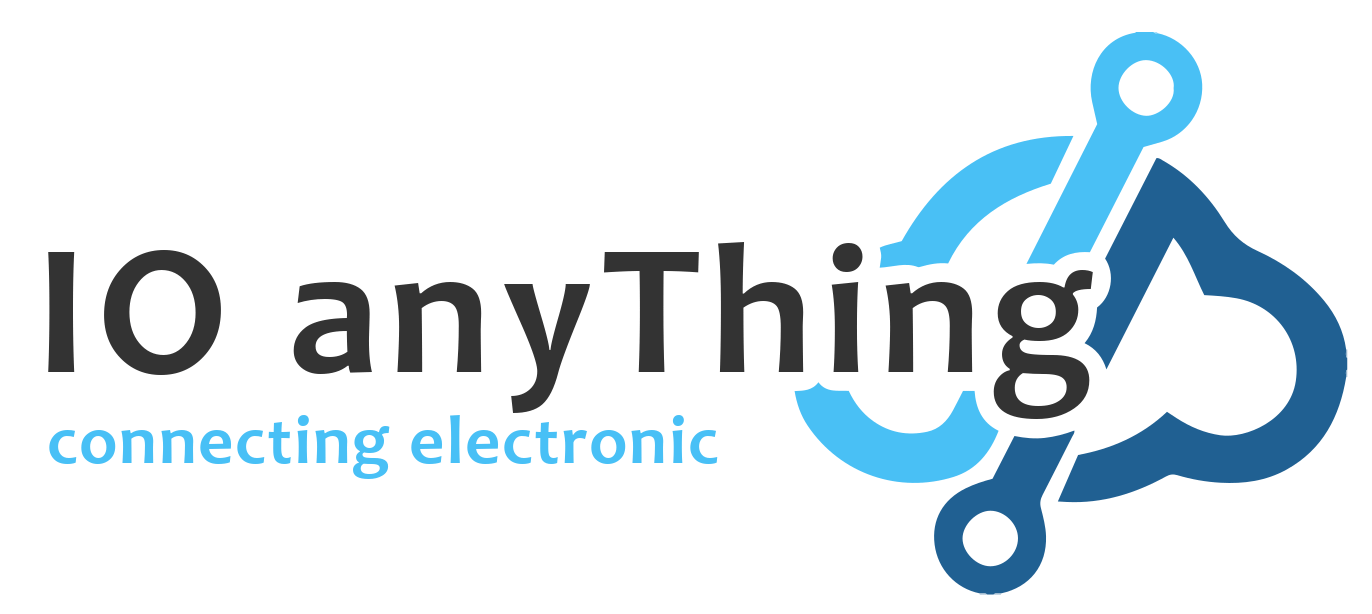The benefit of using network connectivity is its scalable infrastructure, its ability to connect to a potentially large number of hardware devices, sensors and switches.
Managing the numbers of network devices can be an issue. Your software needs to handle multiple connections to each and individual devices. If the devices get offline, your software will require a routine to constantly search for it within your network. The large number of static IP addresses that you need to manage and assigned can also be overwhelming.
Solution to Typical Deployment Problem
IOanyThing network I/O controllers can manage the network connection. This ease your software operation. You just need to set your software as a server, listening to incoming client connection. When the I/O controller is connected to the network, it will attempt to connect to your server (software) automatically.
With such an automatic connection setup. You do not need to worry about the network availability and connection because the controllers are able to connect back to your server immediately after the network becomes available again.
IP address of the devices can be set as DHCP. You can simply manage individual device by using their uniquely assigned MAC address. The IP and MAC address of the network devices can be obtained when the devices are connected to your server program.
Network I/O Controller from IOanyThing
The Ethernet I/O Controller available for such an automatic client to server connection are,
Webserver Configuration
The configuration for Ethernet I/O Controller IOaT-E4 & IOaT-E2 is similar.
To configure the I/O controller to perform automatic connection back to the server, please follow the following guide.
- Power up the I/O controller and connect them to your network.
- Using a web browser, proceed to access the controller’s WebServer by entering the URL with its IP address.
- From the main page’s left side menu, click on the link “Connection” to go to the “Connection Settings” page.
- There are 3 basic settings that you need to configure.
– Active Connect = Auto Start
– Remote Port = 10000 (as in the example)
– Remote Host = 192.168.1.99 (as in the example)
Click on the image for the “Connection Settings” page settings example.

- Remember to click on the button “OK” to set the new configuration, and then click on the button “Apply Settings” to save and apply the settings.
The “Active Connect” options allows you to specify the event in which the client will attempt to connect to your computer server. You can also choose to have the device to attempt connection upon sending of data, or upon a start byte is detected.
The “Remote Host” is the IP address of your computer server listening to the incoming connection from the network I/O controller.
The “Remote Port” is your software application opened TCP/IP port. This is the port which your software is listening to the incoming connection from various network I/O controller client.
Software Setup
Now that your network I/O controller is configured to connect automatically to your server, you will need to setup your software on the specified host IP address computer (for this example 192.168.1.99).
Run your server program which will open the port (for this example port is 10000) listening to the network I/O controller. Once the controller is connected to the network, you should be able to see a client connected to your server program.
When a client is connected, you can obtain its IP address and MAC address programmatically. This allows you to link it to the hardware that you are controlling or sensing.
More Network Configuration
For more other network configuration that you may need, feel free to contact IOanyThing, support@ioanything.com
